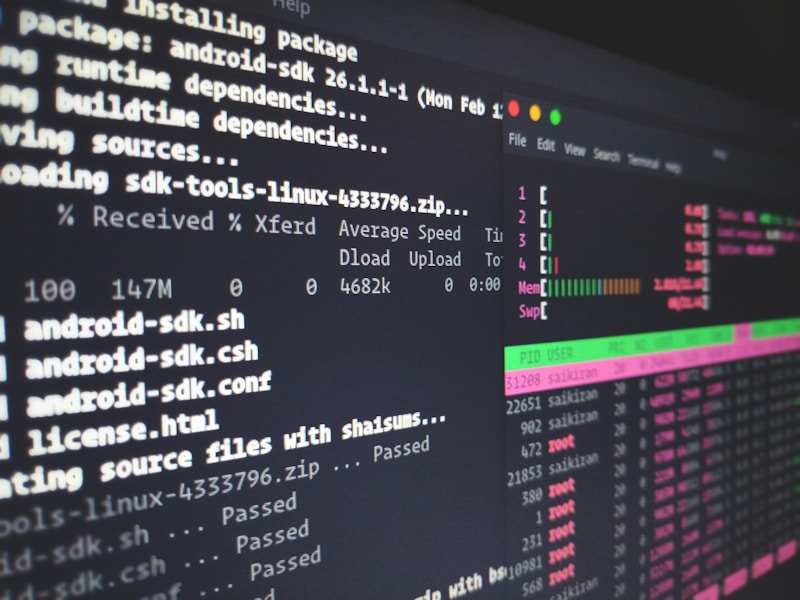Athul Santhosh
Technical Architect & DevOps Engineer
Published on January 5, 2025
Building Resilient Microservices with Circuit Breakers
In the world of microservices, failure is not a matter of if, but when. As systems grow in complexity and distribute across multiple services, the probability of failure increases exponentially. Circuit breakers are your first line of defense against cascading failures that can bring down entire systems.
Understanding the Circuit Breaker Pattern
The circuit breaker pattern, inspired by electrical circuit breakers, prevents a network or service failure from cascading to other services. Just as an electrical circuit breaker protects your home from electrical overload, a software circuit breaker protects your system from service overload.
▶The Three States
A circuit breaker operates in three distinct states:
1. Closed: Normal operation
Why Circuit Breakers Matter
Consider this scenario: Your e-commerce platform depends on a payment service. Without circuit breakers, if the payment service becomes slow or unresponsive:
- User requests pile up, consuming resources - Thread pools become exhausted - The entire system becomes unresponsive - Customer experience degrades across all services
With circuit breakers in place, you can: - Fail fast and preserve system resources - Provide fallback responses - Allow systems to recover gracefully - Maintain partial functionality
Implementing Circuit Breakers
▶Basic Implementation Principles
When implementing circuit breakers, consider these key aspects:
Failure Thresholds: Define what constitutes a failure and how many failures trigger the circuit breaker.
Timeout Settings: Set appropriate timeouts that balance user experience with system protection.
Fallback Strategies: Design meaningful fallbacks that maintain user experience even when services are down.
▶Best Practices
1. Choose Appropriate Thresholds - Failure threshold: Start with 50% and adjust based on your service's normal behavior - Request volume threshold: Set high enough to avoid false positives from low traffic - Timeout: Balance between user experience and service recovery time
2. Implement Meaningful Fallbacks - Provide cached data when possible - Use default values that make sense for your application - Avoid generic error messages that don't help users
3. Monitor and Alert - Set up alerts for circuit breaker state changes - Monitor success/failure rates and response times - Track the frequency of fallback executions
4. Test Your Circuit Breakers - Use chaos engineering to test failure scenarios - Verify that circuit breakers open and close as expected - Test fallback behavior under various conditions
Real-World Implementation at Syook
At Syook, we implemented circuit breakers across our IoT location intelligence platform:
▶Challenges Faced: - Cascading failures between location processing services - Database connection exhaustion during peak traffic - Third-party API rate limiting causing system-wide slowdowns
▶Solutions Implemented: - Circuit breakers around all external service calls - Intelligent fallbacks using cached location data - Graduated recovery with exponential backoff
▶Results Achieved: - 99.9% uptime during major service provider outages - 60% reduction in mean time to recovery - Zero cascading failures in the past 18 months
Advanced Patterns
▶Bulkhead Pattern
Isolate critical resources to prevent one failing component from taking down the entire system.
▶Retry with Exponential Backoff
Implement intelligent retry mechanisms that don't overwhelm already struggling services.
▶Health Check Endpoints
Create comprehensive health checks that circuit breakers can use to make informed decisions.
Monitoring and Observability
Effective circuit breaker implementation requires comprehensive monitoring:
- State Changes: Track when circuit breakers open and close - Success/Failure Rates: Monitor the health of your services - Response Times: Detect degradation before complete failure - Fallback Usage: Understand how often fallbacks are triggered
Conclusion
Circuit breakers are essential for building resilient microservices architectures. They provide a crucial safety mechanism that prevents cascading failures and allows systems to degrade gracefully under stress.
Key takeaways: - Implement circuit breakers around all external dependencies - Choose thresholds based on your specific service characteristics - Provide meaningful fallbacks that maintain user experience - Monitor circuit breaker metrics and set up appropriate alerting
Remember: The goal isn't to prevent all failures, but to fail fast and recover gracefully. Circuit breakers give you the control and observability needed to maintain system stability in an inherently unreliable distributed world.
Start small, monitor closely, and iterate based on real-world behavior. Your future self (and your users) will thank you when your system stays resilient under pressure.
Found this article helpful?
Share it with your network and help others learn these DevOps best practices.
